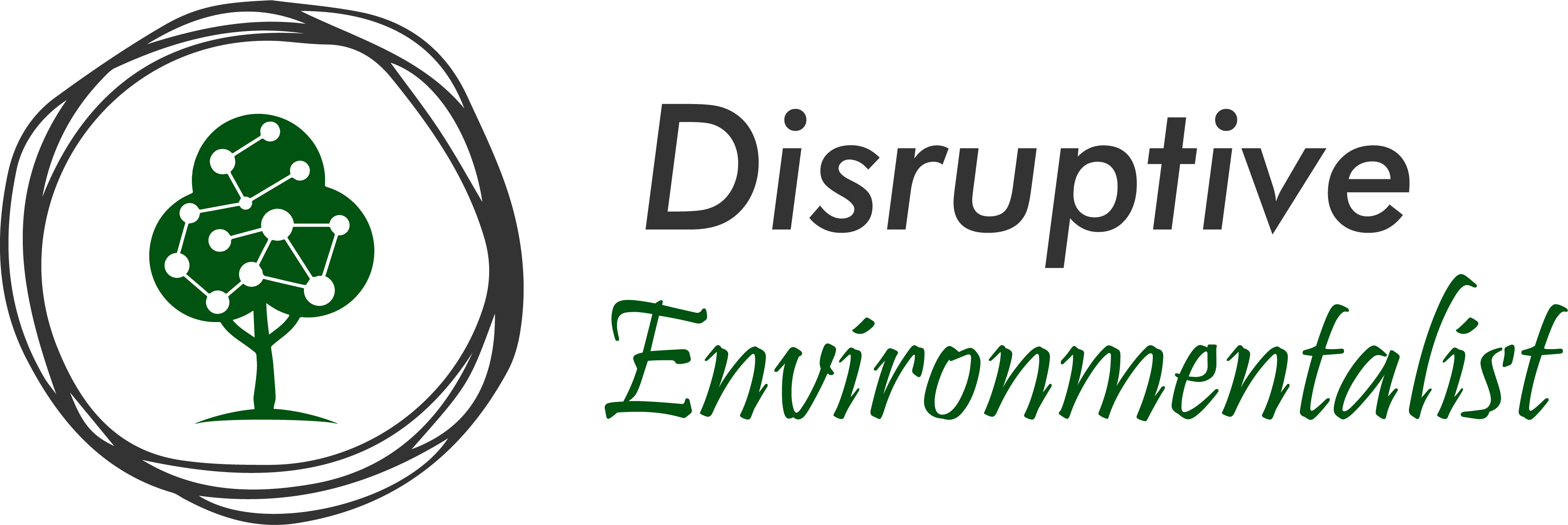The production of animal feed around the world has a huge environmental footprint. Which further adds to the already quite large footprint produced by simply rearing the animals themselves. Around 70% of the world’s soya is fed to livestock and Soya has a huge footprint. There is the land take which often leads to deforestation and then there are the emissions involved in the transport costs to often ship the feed half-way around the world to where it is needed. According to a study by Cornell America could feed 800 million people with the grain it produces to feed its cattle alone. And that’s in the so-called ‘developed’ world.
In the developing world such as sub-Saharan Africa, the demand for protein is increasing year on year and this is leading to an increase in meat farming that in turn is, of course, leading to an increased drive for animal feed increasing what is already a huge problem in the developed world.
In these countries, there are also many environmental issues that perhaps aren’t as obvious now in more developed countries but were there at one time or another. A lack of sewerage systems and the ability to process waste is still a huge problem even in large cities in many places in Africa. An increasing urban population means more of this waste to deal with and due to all these factors it, unfortunately, is still ending up in rivers and streams and unfortunately still into drinking water.
But has this weeks guest got an idea that could tackle both of these huge problems at once?! Mathieu Chaix Bar and his company Weendle based in the Netherlands are using a common fly (the black soldier fly) larvae to break down the problematic human waste….which is a great solution, but on top of that these larvae can then be used as a protein source to feed to livestock! As Mathieu will tell you the company is currently focussed on sub-Saharan Africa where the problem is greatest but could we possibly see this as used around the world?
You can find more information at https://www.weendle.nl/
